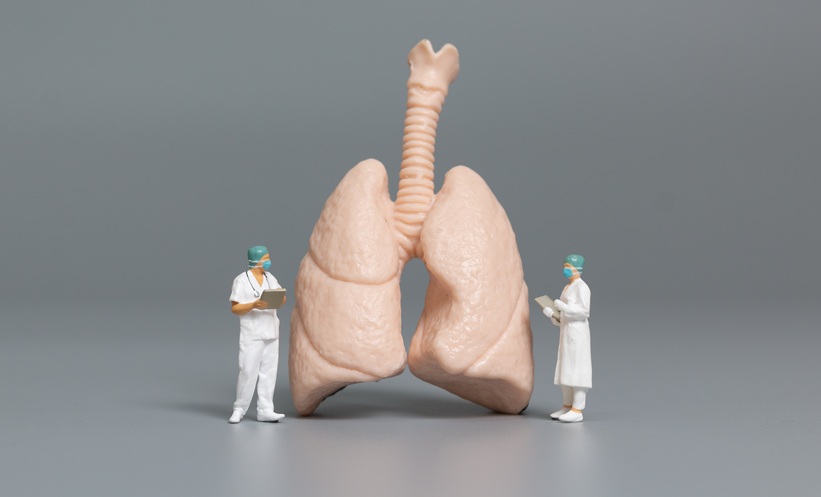NEW research shows lung function peaks earlier in life and declines steadily without plateau, challenging prior assumptions and offering a clearer benchmark for clinicians monitoring respiratory health.
To better understand lung function changes across the lifespan, researchers analysed pooled data from eight population-based cohort studies across Europe and Australia. The resulting accelerated cohort included over 30,000 individuals aged 4–80 years, each with at least two lung function measurements alongside information on smoking, BMI, and asthma status. Using sex-specific, three-level linear mixed models and Bayesian time-series analysis, researchers mapped trajectories for FEV₁, FVC, and the FEV₁/FVC ratio, with further stratification by asthma and smoking history.
In females, FEV₁ increased by 234 mL/year until age 13, then slowed to 99 mL/year until peaking at age 20, followed by a decline of 26 mL/year. Males experienced a faster early increase (271 mL/year until age 16), slower growth thereafter (108 mL/year), and a peak at age 23, with a sharper decline of 38 mL/year. FVC followed similar dual-phase growth in both sexes, peaking at age 20 in females and 23 in males, with post-peak declines accelerating over time in men.
The FEV₁/FVC ratio decreased steadily from age 4 in both sexes. Stratified analyses revealed that persistent asthma was linked to earlier peak FEV₁, consistently lower FEV₁, and reduced FEV₁/FVC ratios. Persistent smokers also showed faster declines in FEV₁ and FEV₁/FVC during adulthood. Crucially, no post-peak plateau was observed in any group.
These findings provide the most comprehensive empirical map to date of lung function trajectories from childhood to old age. The absence of a plateau and earlier-than-expected decline in lung capacity emphasise the importance of early interventions and continuous monitoring across the life course.
Reference
Garcia-Aymerich J et al. General population-based lung function trajectories over the life course: an accelerated cohort study. Lancet Respir Med. 2025; DOI:10.1016/S2213-2600(25)00043-8.







